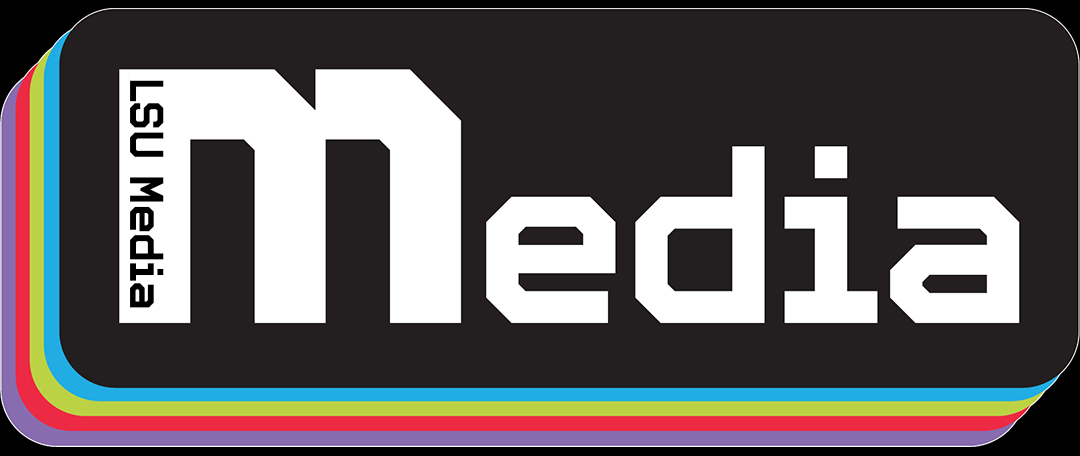In this piece, News Editor Izzie Naish argues for the diversification of the current English Literature curriculum.
It’s a shame that in school we’re only really taught literature written by white men.
As an English Literature student, I’ve studied the subject throughout my entire education, yet it was only once I got to university that I ever studied authors from a diverse range of backgrounds. At school, the emphasis was always on authors such as Shakespeare, Keats, or Byron. All brilliant authors, but all white men. Occasionally we read a book written by a woman: one of the Brontë sisters, Margaret Attwood, Carol Ann Duffy. However, they too are all white.
F Scott Fitzgerald wrote that the beauty of literature lies in how ‘You discover that your longings are universal longings, that you’re not lonely and isolated from anyone. You belong’. However, due to the lack of diversity within the current GCSE and A-Level curriculums, a large number of students from ethnic minority backgrounds are unrepresented within the reading lists and are therefore being taught that their voices don’t ‘belong’.
This sentiment is seen through how young people are being put off of studying literature – nationally 3,500 fewer students sat English literature A Level in 2019 than the year before. I remember many of my classmates saying that they found Shakespeare ‘boring’ or ‘irrelevant’. They would complain that they were bored of the anthology poems, which were all written by ‘white men whining about women not wanting to have sex with them’. This disinterest was reflected in the class sizes, six students in my year took English as opposed to chemistry’s thirty. Like in others across the country, students at my school didn’t see the value of studying literature, partly due to the texts we had to study.
At school, I found that my classmates engaged the most with modern texts which explored deeper socio-political issues such as The Handmaid’s Tale and A Streetcar Named Desire, which were incidentally the two texts that weren’t written by straight white men. I found that their works were especially pertinent to girls such as myself since we identified with the female protagonists, Offred and Blanche. We understood their struggles of being a woman in a patriarchal society and empathised with their experiences of sexual assault and gender-based discrimination. And most importantly, we were being presented as people and not just as sexual objects, which is how women are typically depicted in literature written by heterosexual, white men. As a result of these texts many of us finished the course with a much deeper understanding of feminism and sexuality than when we started. Therefore the curriculum needs to include novels written by authors from ethnic minority backgrounds in order to effectively educate students on issues concerning race.
E.M. Forster wrote that books ‘transform the man who reads it towards the condition of the man who wrote’, highlighting how one of the most effective ways of tackling social problems can be done through the education of our youth through literature. Yet in mainly teaching students the work of the dominant demographic, white males, we are effectively contributing to the censorship of minority voices and ostracising people who identify with these groups, as well as not fully utilising literatures capacity for change.
It is great to see that steps are being taken to represent women in education. However, we also need to incorporate this for race since black and ethnic minority writers remain underrepresented within the school curriculum. In continuing to educate children mainly on the work of the white men whose voices dominate the literary canon, we’re therefore contributing to the institutional suppression of the voices of people of colour. Mary G Dietz wrote that ‘at each moment of our lives our every thought, value, and act … takes its meaning and purpose from the wider political and social reality that constitutes and conditions us’. Institutions such as schools uphold this ‘political and social reality’, one which in its failure to educate our youth on a range of ethnically diverse authors is inherently racist. It is therefore only once the narratives of people of colour are finally established as important within the curriculum that this can change.
Due to the current curriculum, the message that is being translated to students is that your voice is only valid if you’re a white male. However in reality this is not true. English Literature is an inclusive field, you can write stories and express your viewpoints no matter your race, gender, sexuality, religion, or ethnicity. It needs to be taught as such; since in failing to be taught the work of authors from a diverse range of backgrounds, students are being denied not only some beautiful stories but true inclusivity and the important lessons which these works can teach us.
–
Some incredible literature and essays written by black authors include:
- Girl, Woman, Other by Bernadine Evaristo
- Americanah by Chimamanda Ngozi Adichie
- Beloved by Toni Morrison
- The Colour Purple by Alice Walker
- The Fire Next Time by James Baldwin
- We should all be feminists by Chimamanda Ngozi Adichie
- How to be an Antiracist by Ibram X Kendi
- I know why the caged bird sings by Maya Angelou
- Black Leopard, Red Wolf by Marlon James
- Well-Read Black Girl by Glory Edim
- Feminism, Interrupted by Lola Olufemi
- Sula by Toni Morrison
- Bad Feminist by Roxane Gay
- I, Too by Langston Hughes
–
Header by Frankie Stevens – Head of Design

